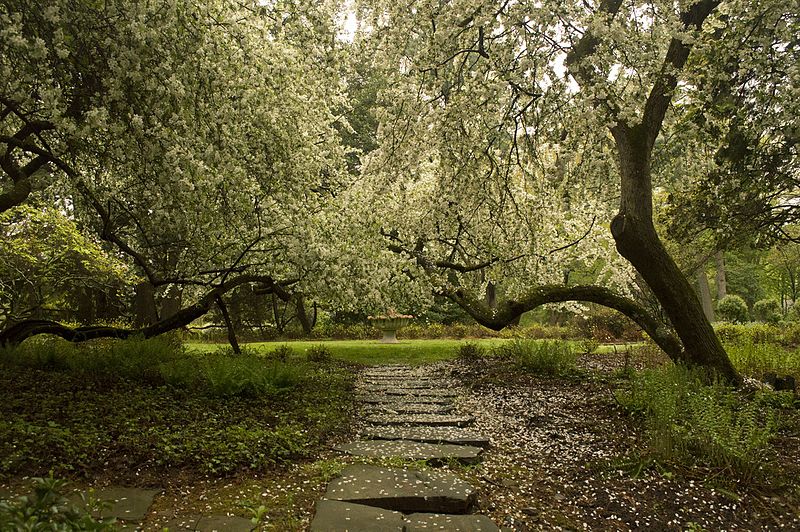Concern about eminent domain has traditionally been a concern of property rights activists, not the environmental community. But that may be changing as conservation easements and voluntarily preserved lands proliferate. Those lands are uniquely vulnerable to the grasping hand of government because conservation lands may contribute little to the local tax base and their lack of development means they can be acquired more cheaply.
This weekend, the Philadelphia Business Journal reported on a Pennsylvania conservation organization that, even as it unveils its newest preserved property, must deal with it being eyed for government seizure.
The steward of a natural preserve in the tony suburb of Villanova is preparing for its public debut this Mother’s Day weekend. Yet in a few years time, visitors to the meadow-like grounds could stroll from the pergola to the sidelines of a soccer field on a seven-acre chunk of land the Lower Merion School District is looking to acquire.
The case has all the hallmarks of a traditional eminent-domain conflict. The government insists that the taking will cause no great harm, which the property owner sharply contests. The conservation group, Natural Lands, argues that it would be pursuing development of this part of the land if it thought that was the best way to pursue its conservation aims. But it isn’t; instead, the group just spent $15 million dollars to improve the grounds and plant vegetation.
Because the soccer field is related to a school, there’s little question that the seizure will satisfy the Takings Clause’s public use requirement. That constitutional provision restricts the government’s power to take private property to situations involving a “public use” and then only upon payment of “just compensation.”
The courts have interpreted “public use” incredibly broadly, including any private use that could promote economic development or increase tax revenue. So understood, no conservation lands are safe, as any could be developed more intensely. In the widely criticized Kelo case, Justice O’Conner penned a dissenting opinion criticizing this broad theory on the grounds that it leaves “[t]he specter of condemnation hang[ing] over all property. Nothing is to prevent the State from replacing any Motel 6 with a Ritz-Carlton.” Similarly, nothing would prevent the government from replacing any campground, hiking trail, or wildlife sanctuary with a commercial development.
A soccer field tied to a public school would satisfy the public use requirement, even under a narrower understanding. Thus, the only real protections against the seizure of conservation lands in such circumstances are political and economic.
Political opposition to the use of eminent domain is hit-or-miss and may systematically disfavor conservation lands. It isn’t working for the tree sitters opposing pipeline construction in Virginia. And it didn’t work for the Standing Rock protesters.
Ultimately, the greatest protection against eminent domain is the just compensation requirement. Unfortunately, conservation lands face a serious disadvantage on that score: undeveloped land is generally valued lower than developed land. Thus, if the government faces the choice between tearing down someone’s home or taking a conservation area, it’ll generally be cheaper to take the latter.
Embracing free market environmentalism is the best means to close this gap. Relying on markets to pursue conservation would better price the non-use values of conservation lands. Overreliance on the political process to achieve environmental aims undermines this price mechanism, to the long-term detriment of protecting private conservation lands.




